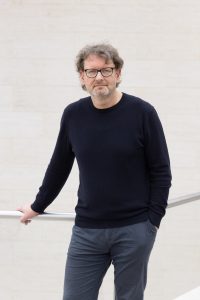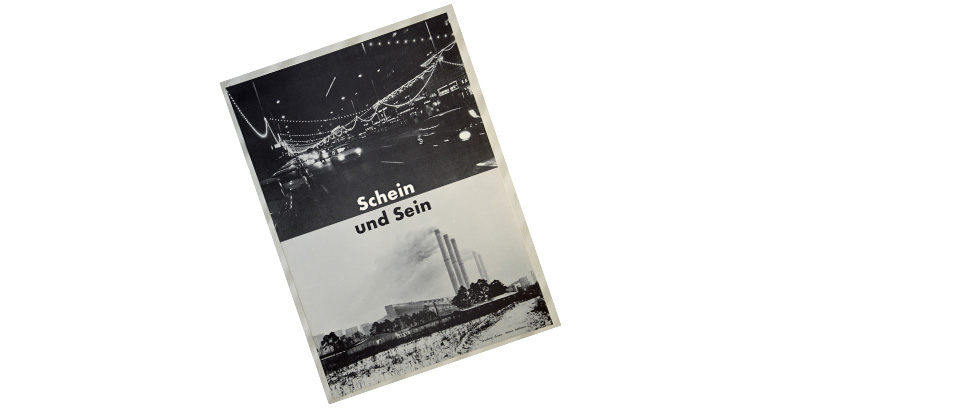
An Amazing Form of Public Opposition
Environmental posters from the GDR by Manfred Butzmann und Martin Hoffmann
Matthias Struch | 17. April 2024
A glance at the collections of the Deutsches Historisches Museum reveals the immense variety of objects that are related to different epochs and topics of German history. They tell stories of our past or current lives, of famous or often unknown persons and events. In our new blog series #Umweltsammeln (#Environmentcollecting) we present various objects that have to do with the topic of “environment”. Unexpected questions raised by the heads of the different collection sections open new perspectives on historical objects and often reveal startling parallels to questions that deal with our current world.
Environment can be understood not only in its ecological sense, but also within its political and social dimension. Matthias Struch, head of the DHM poster collection, examines this extension of meaning in the context of dealing with ostensibly ecological topics using the example of a particular kind of commercial art in the GDR.
The poster collection of the DHM contains many works by Manfred Butzmann (* 1942) and Martin Hoffmann (* 1948), who since the 1970s have devoted much of their artistic work to the topic of the environment and the dangers and destruction it is faced with. In these works they have usually also dealt with ecological questions in their sociopolitical or sociological dimension. Against the backdrop of the German Democratic Republic (GDR), this medium and its subject matter, but also its production and publication, seem highly unusual.
In the case of Martin Hoffmann it began with water. In 1974, Hoffmann, a well regarded painter and graphic artist, entered two designs in a poster competition on the topic of “water” within the framework of the International Poster Biennale in Warsaw, probably the most important exhibition worldwide for contemporary posters. Having grown up in Halle (Saale), he had experienced the increasing, massive, industrial pollution of the Saale River and seen how this had become an important topic for the city. One of the young artist’s posters was selected and shown in the exhibition in Warsaw, but was never published. However, from this time on Hoffmann never gave up the topic of ecology and environment.
Another design that he submitted to Warsaw was printed in 1982. “The Plague” depicts the topic with unequivocal clarity. Bolstered by synaesthesia for those in the know: anyone who has heard, seen and smelled an East German Trabi automobile starting up will immediately recall this experience when looking at the poster, including the rattling of the exhaust pipe.
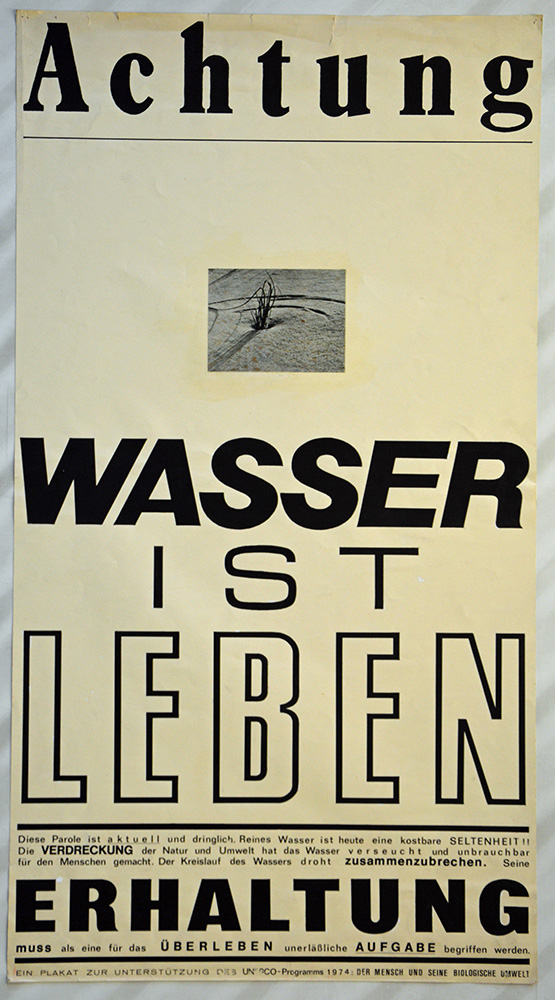
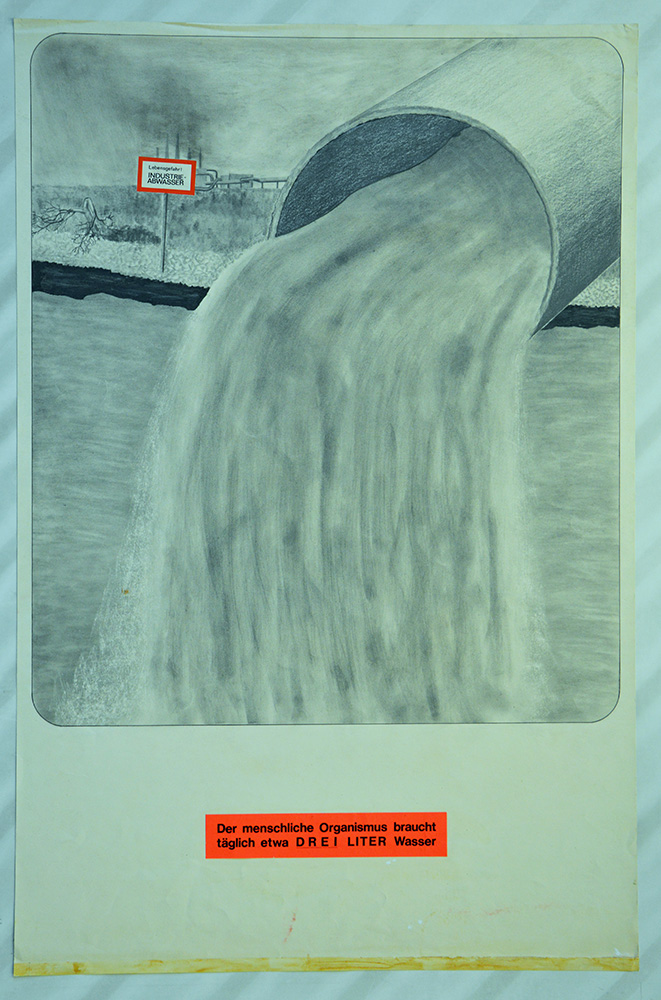
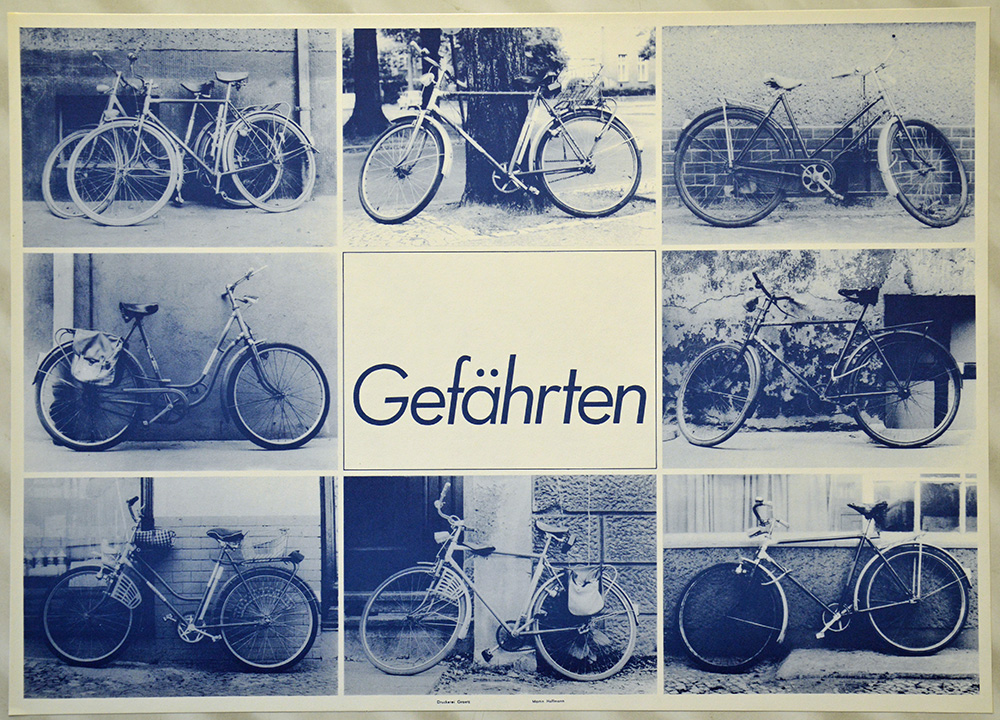
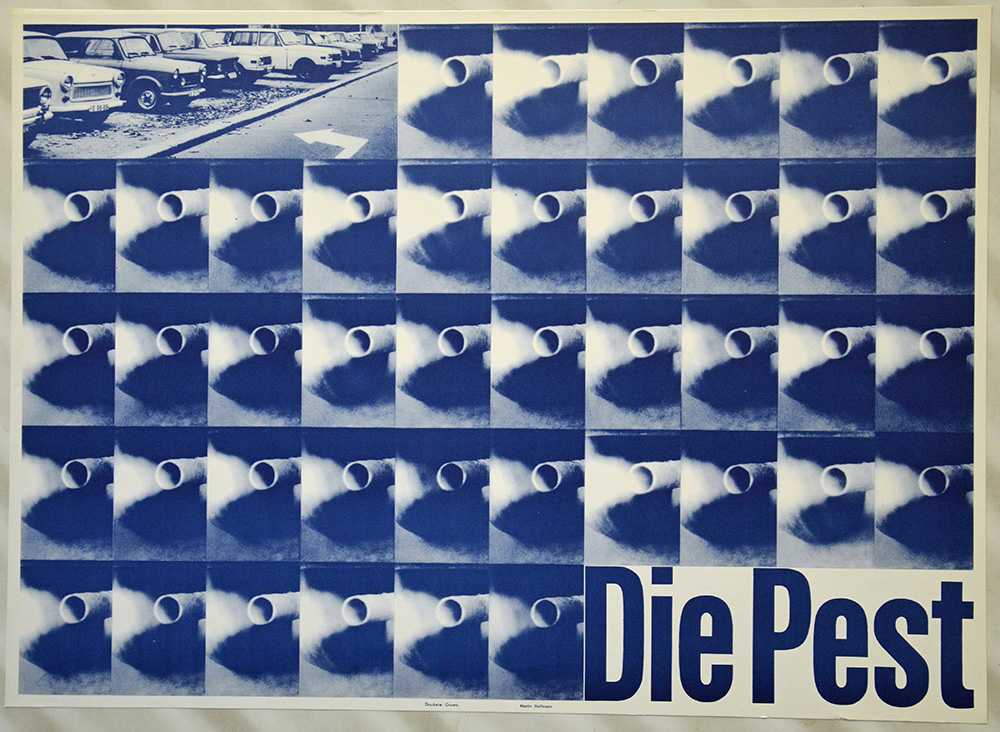
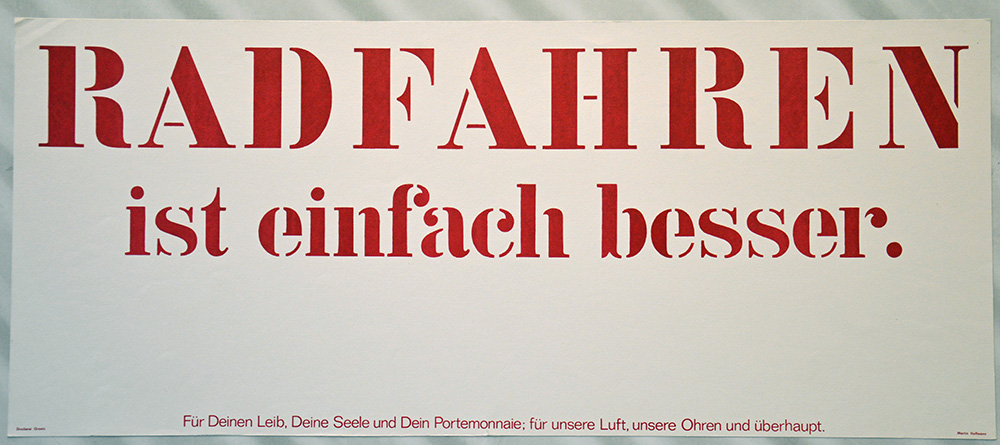
Inspired by his artist friend Manfred Butzmann, Martin Hoffmann began around 1980 to devote himself, alongside artistic-graphical works, largely to posters, which were grouped in the GDR under the heading of commercial art. But Butzmann, a draughtsman, painter and graphic artist in Berlin, added a new interpretation to this categorisation with the posters he began making in the mid-1970s. In the face of the increasingly visible contradictions between claim and reality on many levels in the GDR, the dire need for comment and criticism became increasingly evident, albeit hardly opportune, unless it was in line with the official GDR doctrine. And it was also urgently needed in the field of artistic commercial graphics.
In the 1970s, Butzmann had recognised through Klaus Staeck the possibility of addressing relevant sociopolitical issues through poster art. And just as the Staeck posters evinced a unique style of their own, Butzmann developed his own code, which was understood and appreciated by the public. Usually he combined short verbale formulations with a series of photos as a second, visual plane. The criticism had to be unveiled, as it were, through decoding – a procedure practised with great creativity in the GDR, like reading between the lines and the assumption of an “openness of interpretation”.
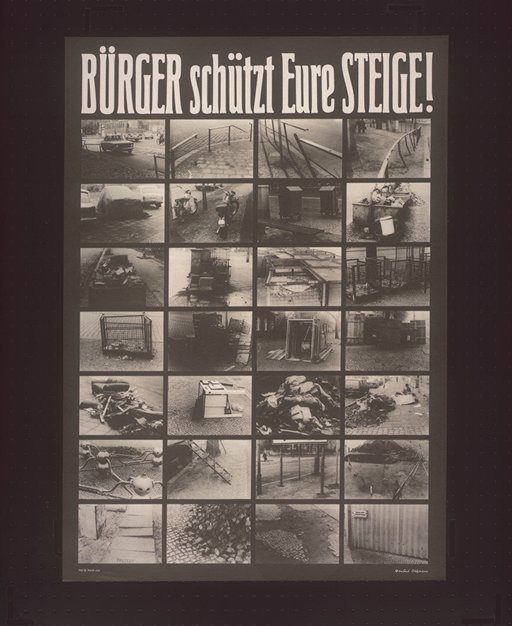
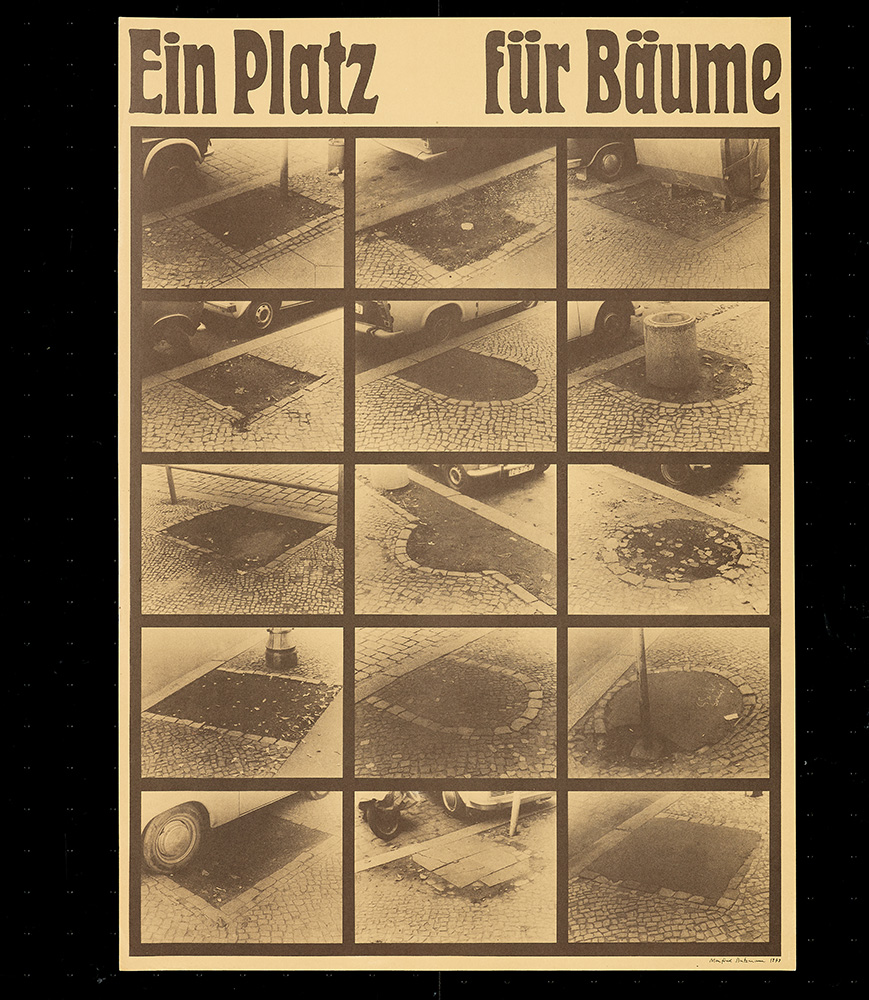
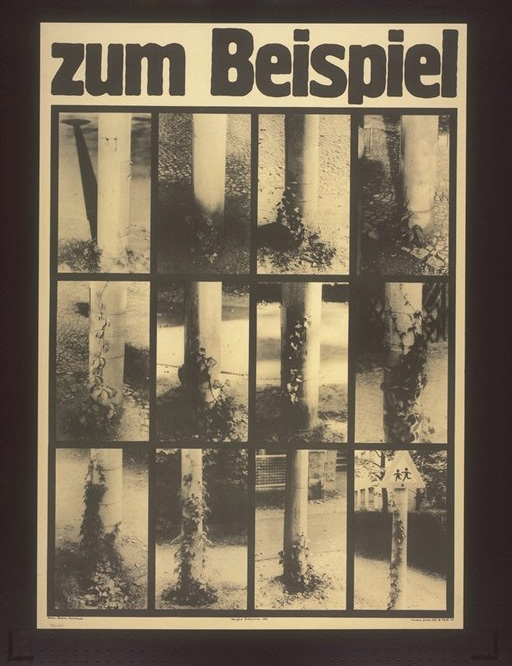
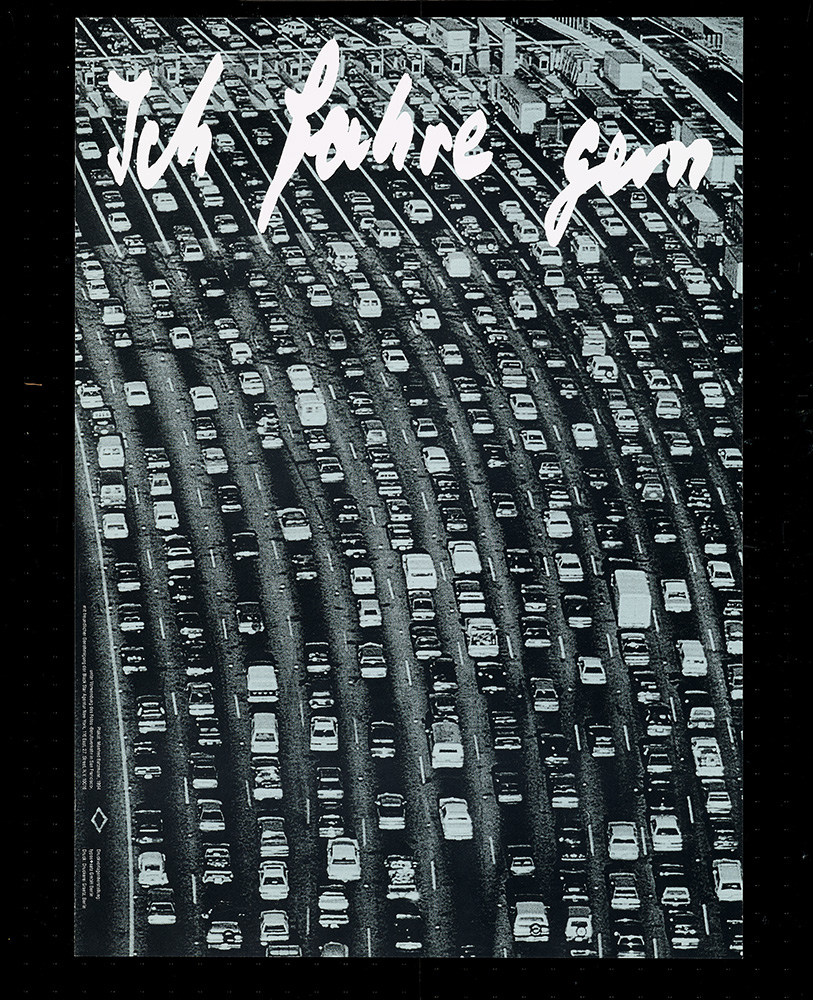
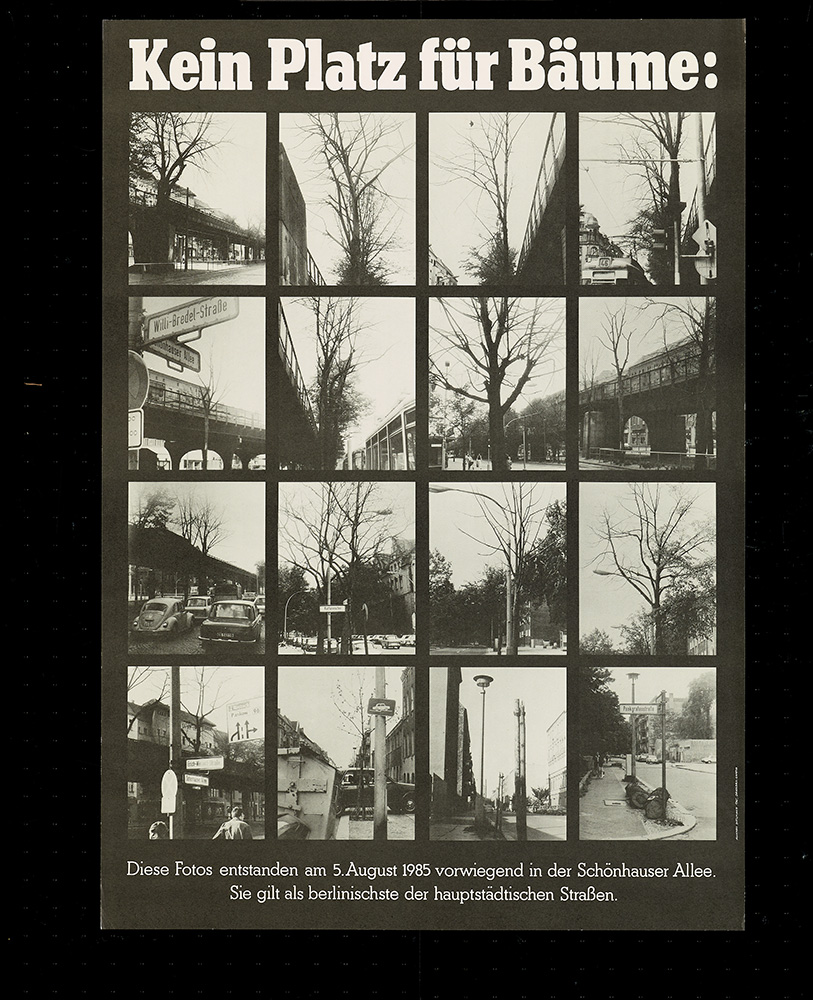
Often enough it was the seemingly less important topics and subjects that Butzmann, and later Hoffmann, took up in their posters, things and observations about their immediate surroundings. Urban spaces, rubbish dumps and trees, bicycles and automobiles. Not infrequently, the whole is reflected in the part, the dimension of the great can be seen in the small. In a society like the GDR in which man – humankind – was the central element per ideological postulate, dealing with it could be taken seriously as a gauge, but equally seriously to be taken were people’s actions in the society, their dealing with the world of their environment.
Dealing in this way is an indication of the condition and state of a society, a gauge of the awareness of responsibility and consciousness. Thus, the perspective necessarily expands even with a perfunctory look at ecological aspects. Against this background, environment becomes universal, its protection existential. In a society in which, as a rule, criticism of the conditions in the public discourse was only allowed in reference to the opposing side(s), the posters of Butzmann and Hoffmann represented a form of public opposition; thus they delivered subversion, not only in aesthetic terms.
Martin Hoffmann became considerably more direct and concrete after the Chernobyl reactor accident near the Ukrainian town of Prypjat on 26 April 1986 and in view of the official GDR propaganda about it. A year later he designed the book wrapper for Christa Wolf’s story “Störfall. Nachrichten des Tages” (Aufbau-Verlag, Berlin and Weimar, GDR, 1987, transl. “Accident: A Day’s News”, 1989), a literary treatment of the nuclear catastrophe.
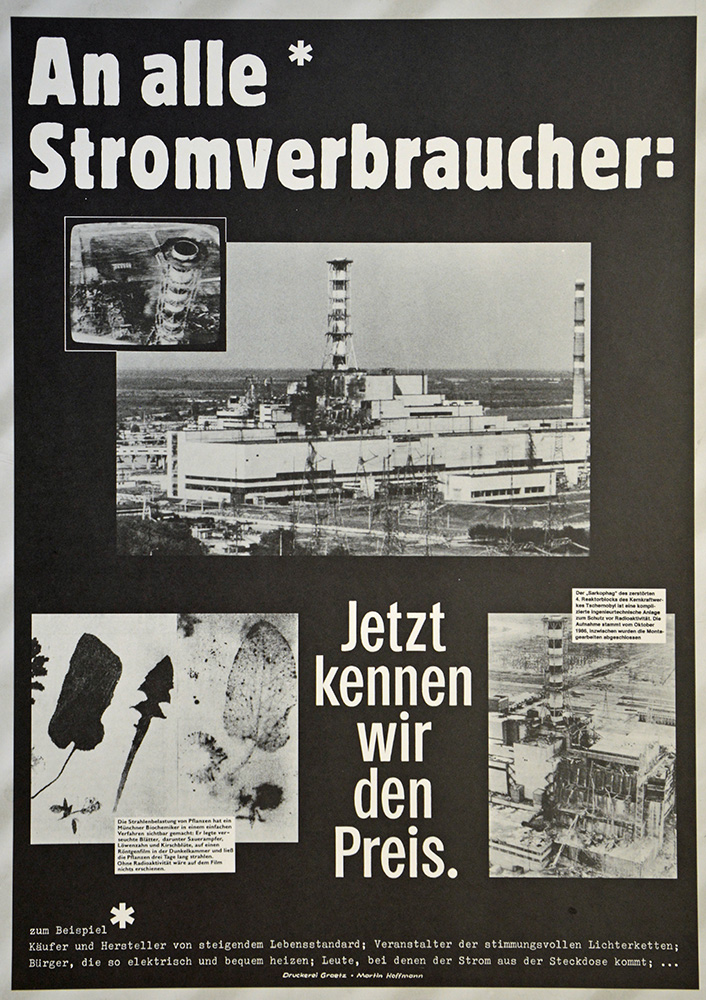
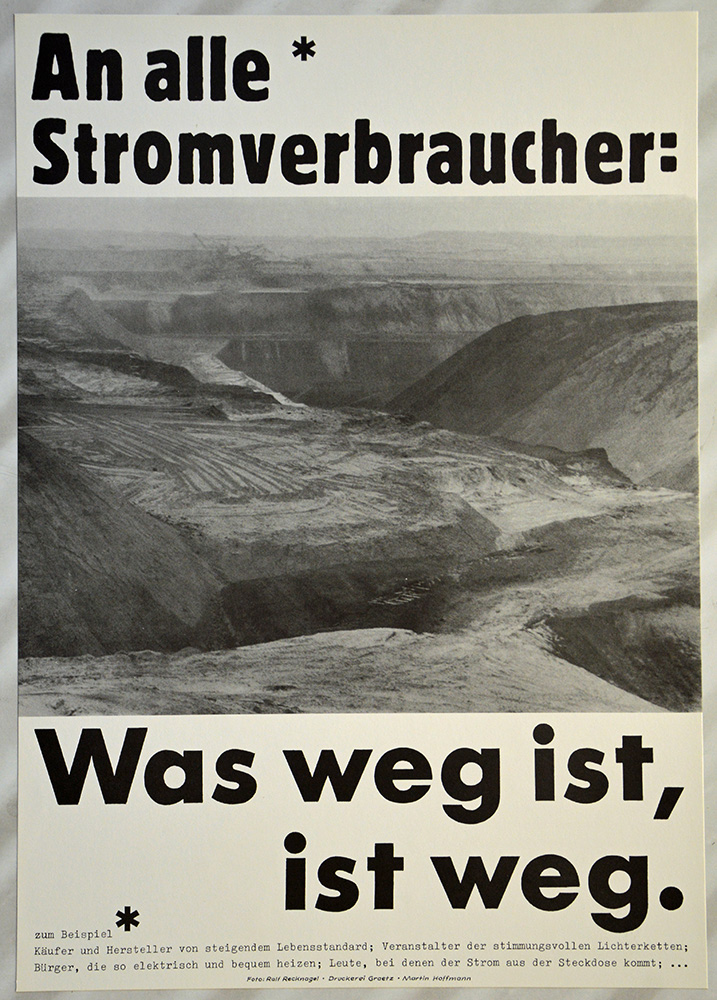
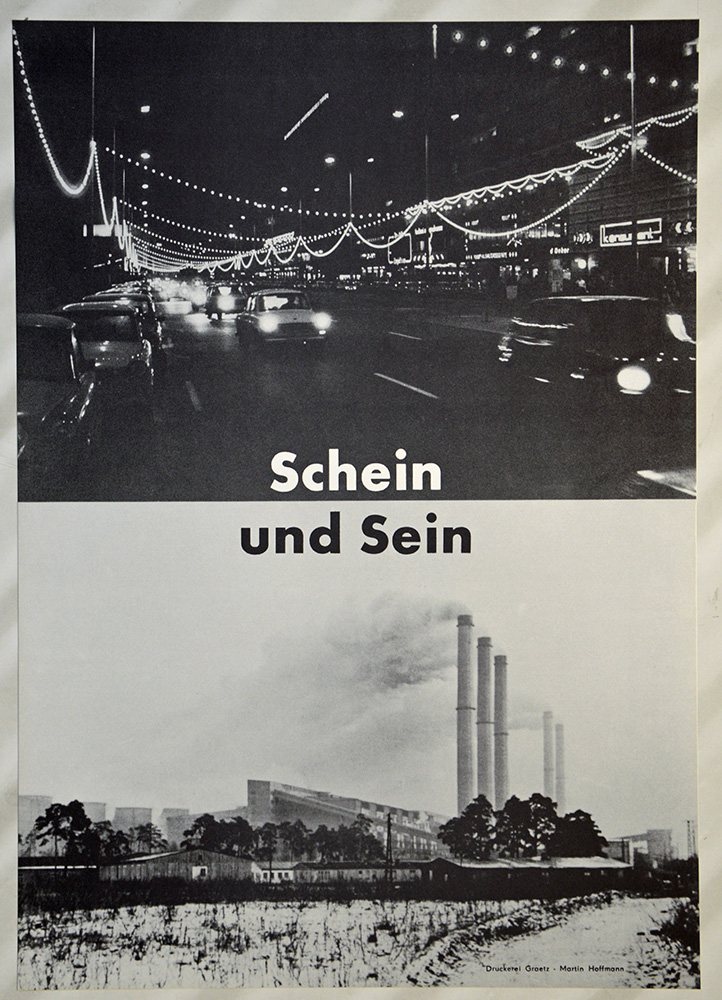
A peculiarity in the GDR, and rather unusual in the field of posters: Butzmann, like Hoffmann as well, produced their works on their own behalf, not on commission. Self-empowered for participation in the public discourse. A form of self-perception and self-awareness that they also practised in other connections, not only as artists. In 1981, for example, Martin Hoffmann was one of the co-founders of the Pankow Peace Circle, an oppositional group acting under the aegis of the Protestant Church that belonged to the East German peace and environmental movement. For his part, Butzmann’s interventions ranged from independent planting actions (also documented on posters) to concrete confrontations with the “powers that be” when, for example, after he was banned from printing and exhibiting his work, he tried to speak directly with Günter Schabowski, then First Secretary of the SED District Management.
With some 140 different works, the collections of the DHM comprise a large part of the posters made by Manfred Butzmann from 1973 to 2000. In 2023/24 the museum was also able to take over around 70 of Martin Hoffmann’s posters and poster designs from the time between 1974 and 1996. On a side note, this collection gives expression to a working relationship and artists’ friendship of the two poster-makers. Butzmann and Hoffmann not only had joint exhibitions, carried on numerous conversations about art whereby “almost always after ten minutes the discussion moved on from art to socially relevant issues” (Martin Hoffmann), and sold their posters together at such art markets as the annual graphics market at the “Fest an der Panke” at a price of between 5 and 10 Marks.
The posters are also of interest in another specifically GDR aspect, as they stand for a very small, but important niche in East German poster-making. The majority of the works of Butzmann and Hoffmann were not only developed on their own behalf, but also published while bypassing the official print approval procedure. In this way they evaded the pre-censuring that all printed work almost without exception was subject to in the GDR. Normally the state was able to control the content, circulation and distribution of printed works almost entirely. This form of censorship ensured a comprehensive, totalitarian-like control over nearly every form of typographical publication. But occasionally loopholes could be found. Aside from the various and sundry methods of the GDR underground, one of the few officially sanctioned possibilities to avoid the system of control and censorship developed in Berlin in the 1970s around the Graetz printing house in Auguststrasse. Here in collaboration with Manfred Butzmann, the printer Walter Graetz was able to develop a creative interpretation and extension of the existing regulation and control system. The posters were simply declared artists’ posters or original graphics, which meant that they could be printed without official approval in a circulation of up to 100 copies. It was not uncommon that the print run was “miscounted” or they somehow fiddled with the count so that it was sometimes possible to circulate as many as 500 prints. This created certain liberties. For members of the Association of Visual Artists of the GDR there was now a different way to publish posters and even distribute them through the State Art Trade office of the GDR. An amazing form of public opposition.
|
|
Matthias StruchMatthias Struch is head of the collection of posters and postcards at the Deutsches Historisches Museum. |
